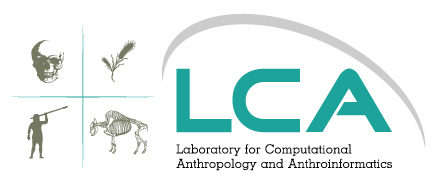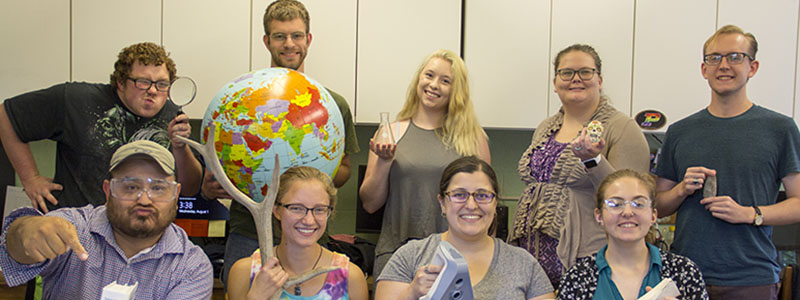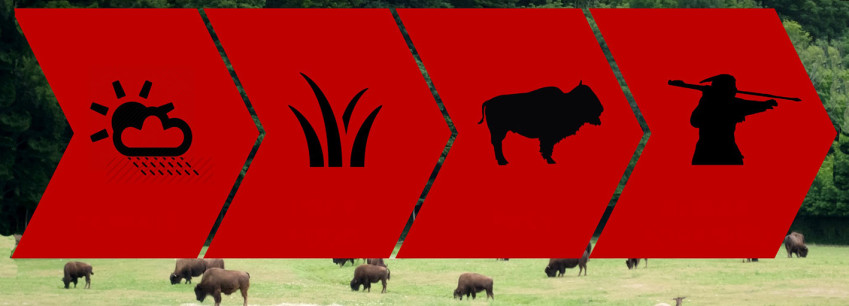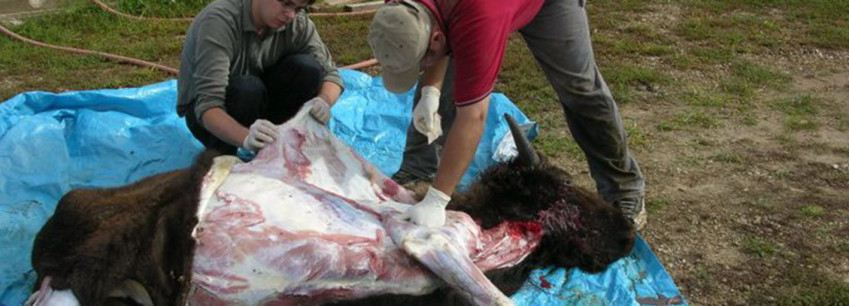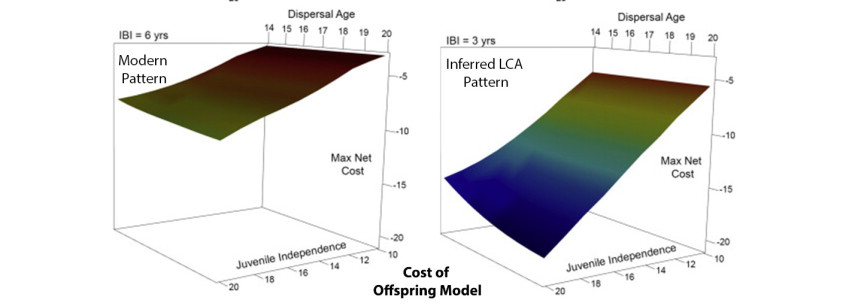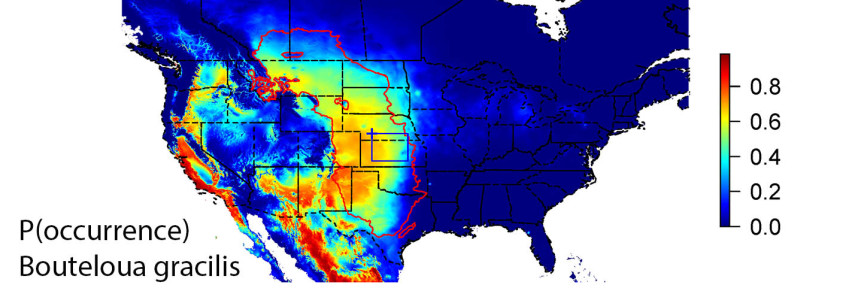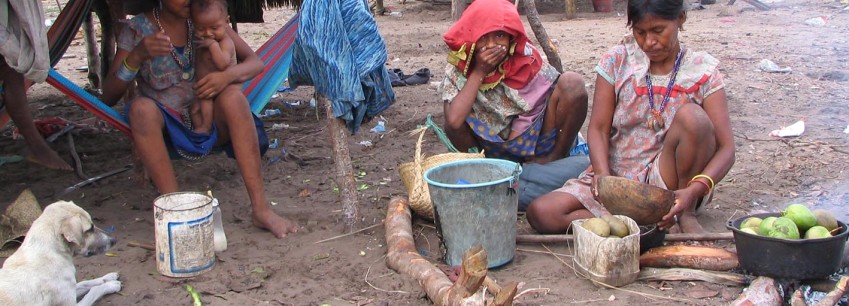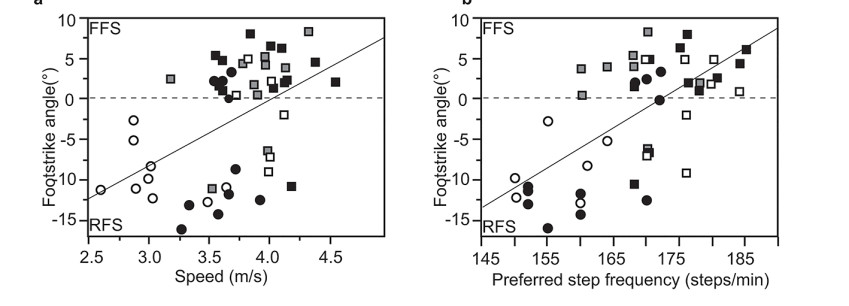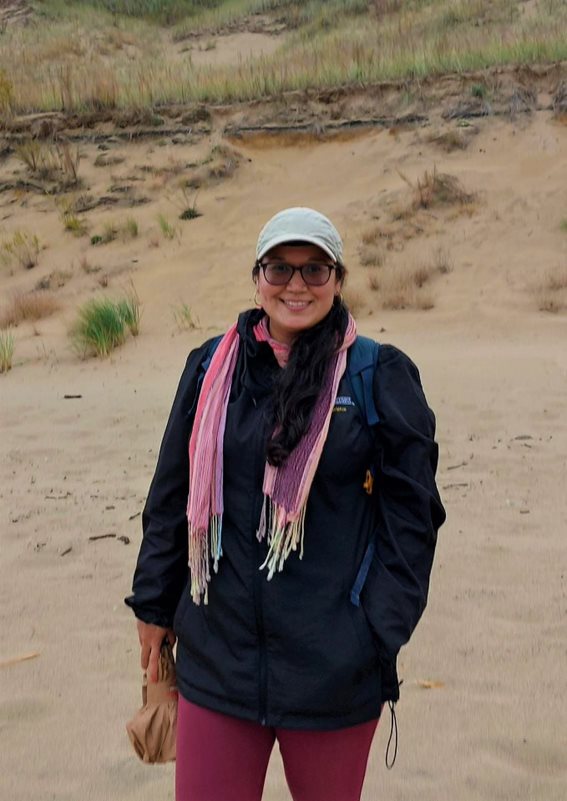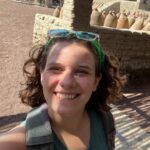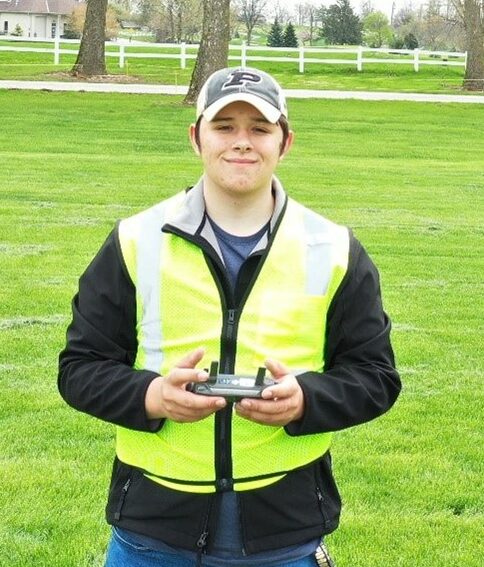Laboratory for Computational -Anthropology and Anthroinformatics(LCA)
LCA research asks What do Humans Eat and Why? To answer this question we 1) research problems at the intersection of anthropology, human evolutionary biology and ecology, and 2) develop computational tools to address these problems.
Current lab research revolves around three interrelated topics:
- The evolutionary ecology and behavior of modern and prehistoric foragers.
- Paleoenvironmental reconstructions contextualizing behavior.
- Theoretical and methodological development of models linking archaeological data to behavior and morphology.
PEOPLE

Research

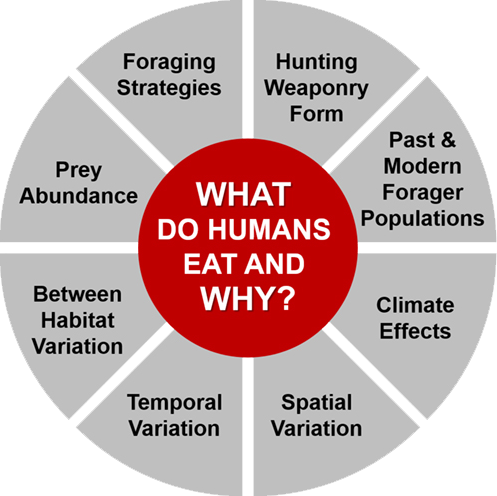
Research in the Laboratory for Computational Anthropology (LCA) asks “What do Humans Eat and Why?” We aim to answer this question by
1. Researching and shedding light on problems at the intersection of anthropology, human evolutionary ecology and biology and,
2. Developing computational and statistical tools to address these problem.
Current lab research addresses three general and interrelated areas:
1) The evolutionary ecology and behavior of modern and prehistoric foragers
2) Paleoenvironmental reconstructions contextualizing forager behavior, and
3) Theoretical and methodological development of models that link archaeological data to behavior and morphology.
Specifically, we are currently testing hypotheses about how climate, spatial and temporal variation, habitat variation, prey abundance, foraging strategies, and hunting weaponry affect the dietary composition of prehistoric and modern human small-scale populations.
Based on theory drawn from anthropology, evolutionary biology, and evolutionary ecology, we hypothesize and model causal processes that shaped ancient and modern hunter-gatherer strategies. These models are then assessed using archaeological data, observations of modern-day foragers, and experimental and statistical methods. Lab research also focuses on developing novel computational and analytical methods to test hypotheses and answer scientific questions.
Technical expertise of LCA members are broad, encompassing field methods, GIS and spatio-temporal statistics, statistical software development, 2D and 3D morphometrics, linear and nonlinear mixed models, model selection and comparison, multivariate modeling, non-parametric randomization statistics, mathematical modeling, and phylogenetic comparative methods (PGLS).
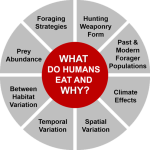






Publications

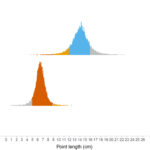
The Bayesian Inferential Paradigm in Archaeology
2023 Handbook of Archaeological Sciences, 2nd Edition. Wiley. In Press.
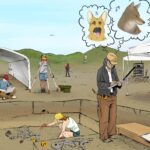
Beyond Chronology, Using Bayesian Inference to Evaluate Hypotheses in Archaeology
2022. Advances in Archaeological Practice, 1-17. doi:10.1017/aap.2022.10

software


zooaRch: An R Package for Zooarchaeological Analyses

geomorph: Geometric morphometric analysis of 2d/3d landmark data

Ontogenetic Allometry Trajectory Significance Test

Multivariate: 2Block Partial LS and Ordinations

teaching

Anthropology provides an excellent forum for the initiation of lifelong learning. I therefore strive to stimulate students’ intellectual capabilities and instill enthusiasm for learning about the variation in human evolutionary behavior and and how to successfully answer scientific questions about this topic.
I currently teach several courses in Archaeology and Quantitative/Computational Anthropology. Descriptions for my primary undergraduate and graduate courses are provided below.

ANTH 306 – Quantitative Methods for Anthropologists
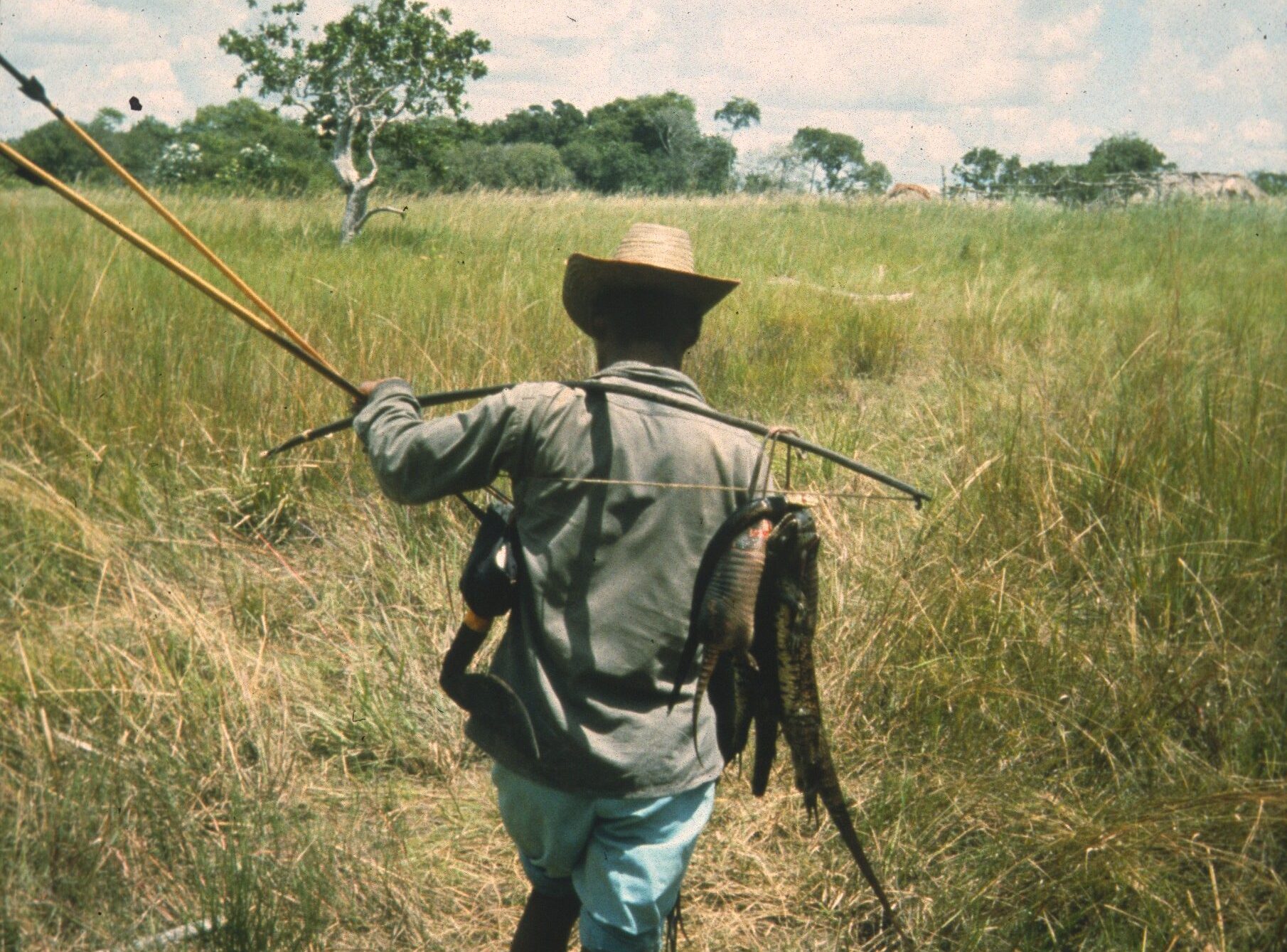
ANTH 377 – Hunter-Gatherer Societies

ANTH 606 – Advanced Quantitative Methods

ANTH 425 – Archaeological Method & Theory

CONTACT

Where to find me
Physical Location:
Labs
Stone Hall Room 218
Stone Hall Room 098

